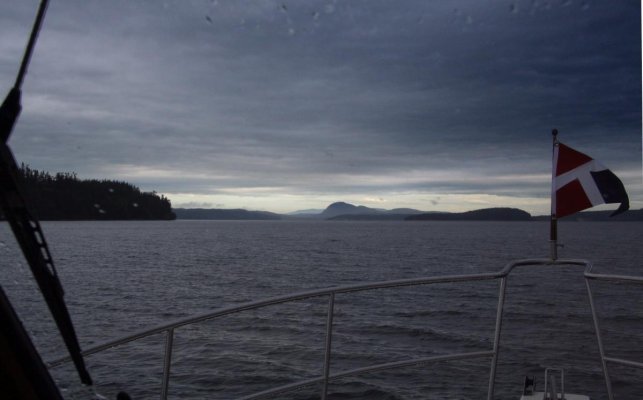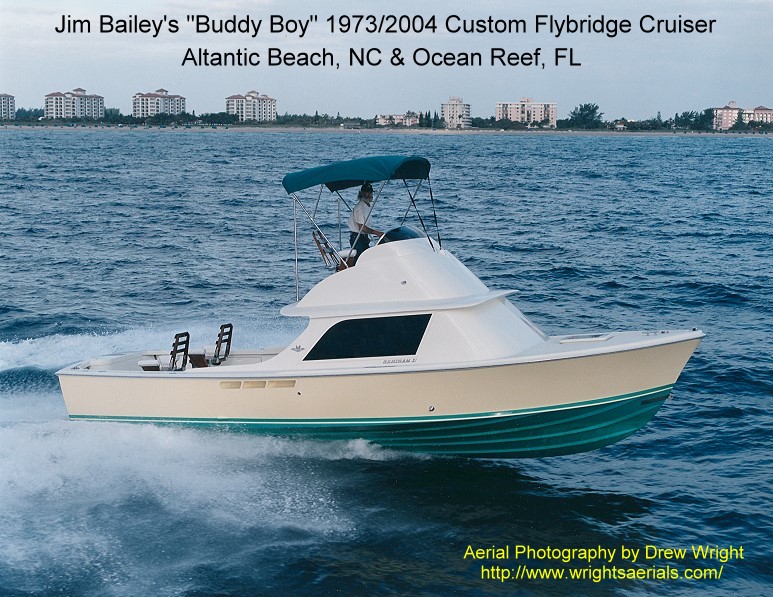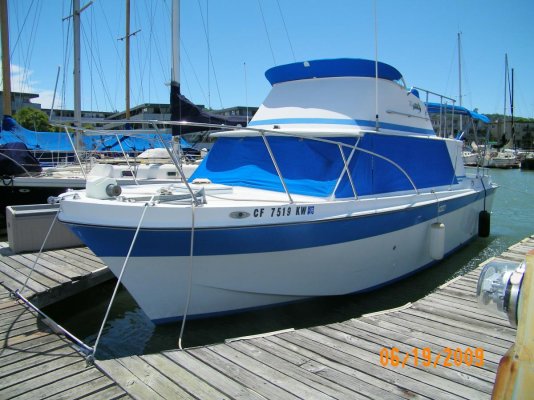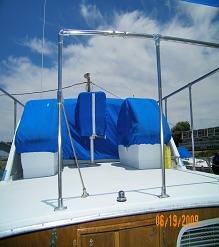ranger58sb
Guru
But then I didn't have a problem seeing them from the cockpit of my sailboat either. If sailors can spot crab pots, deadheads debri etc from the very back of a boat, a foot above the water, looking through sails, rigging, and a dodger, why can't power boaters see them from the forward 1/3 of their boat, 4' above the water, looking through a solid window? I suppose it is just the speed they are traveling?
Partly speed restricts reaction time, but also partly because up on plane, the bow rises enough so I can't see anything close to the bow of the boat. I'm not short, but if I were two feet taller, that might not have been so bad
I think mostly the protected prop on sailboats (keel, etc.) helps manage the situation, too. Unprotected props on a twin-screw planing hull are at mostly always risk. And I can tell you the boat will stop RIGHT NOW (as will the engine, in some case, apparently) if an unseen crab pot warp wraps itself around a prop shaft.
-Chris











